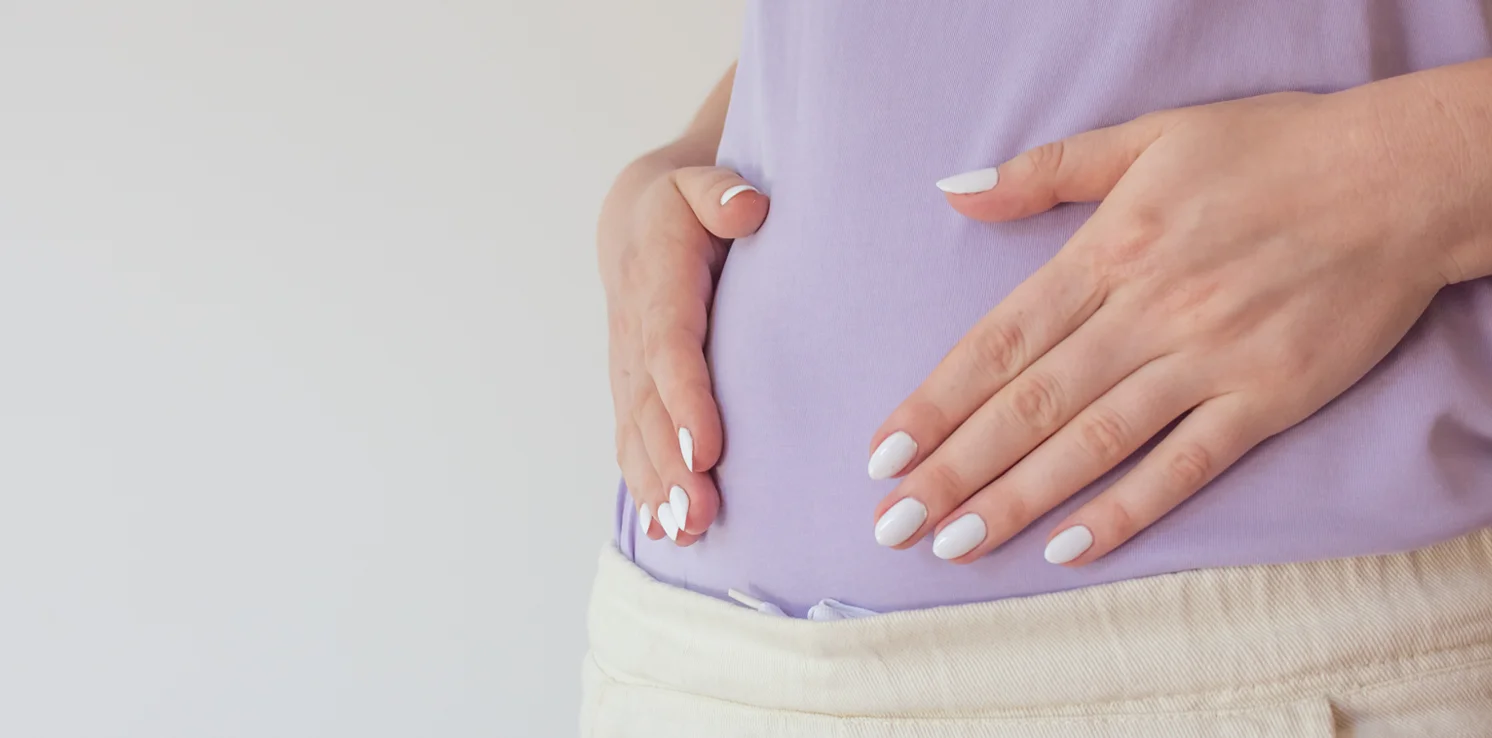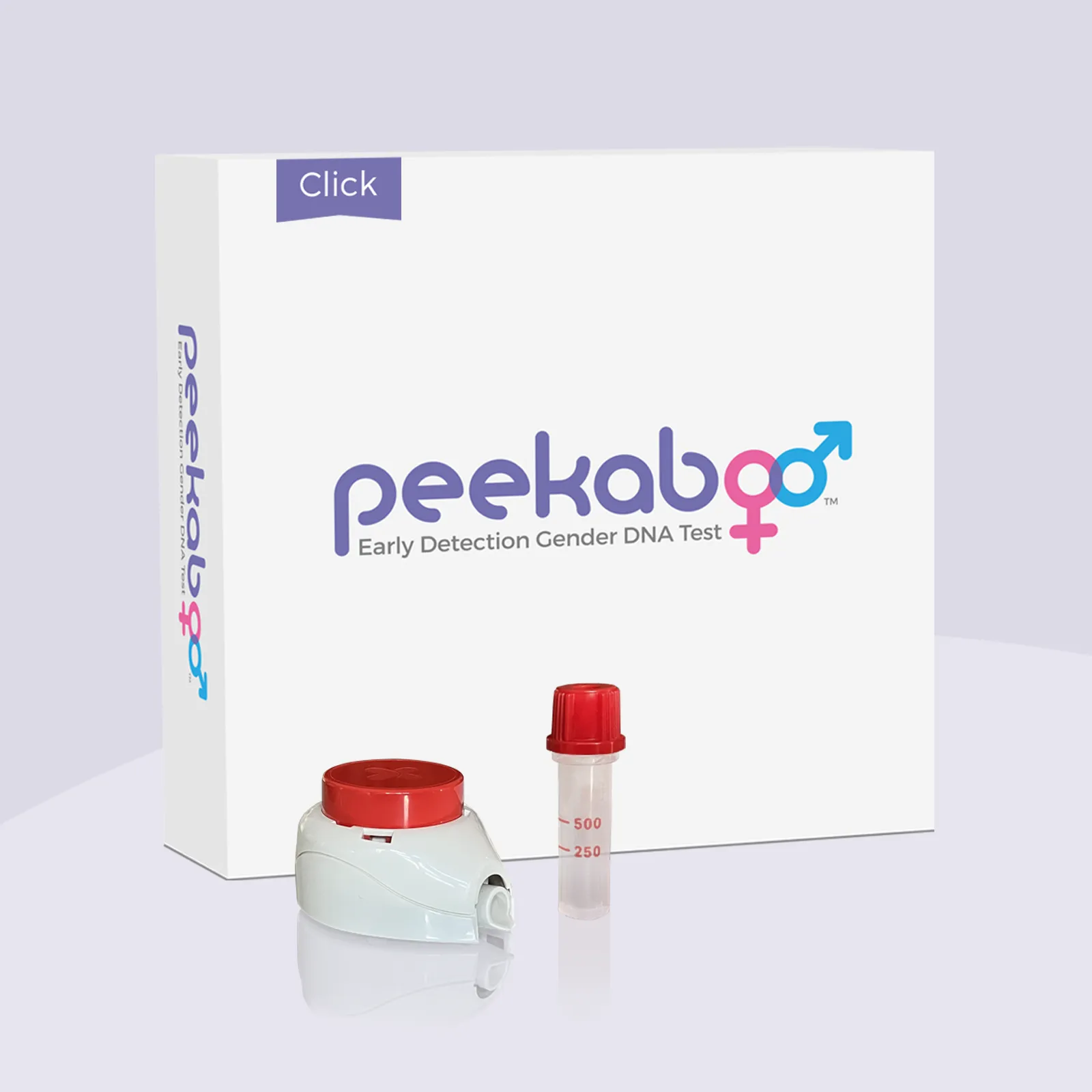Can early pregnancy affect urine color? Throughout a woman’s pregnancy journey, she will experience many changes, some expected and others unexpected. One change that many women observe is a variation in the color of their urine.
It is common for urine color to fluctuate while pregnant, but this color change is not significant enough to be used as an indicator of conception. There are also theories suggesting that urine color can reveal whether you’re having a boy or a girl, but this misconception is likely just as accurate as this gender predictor calculator! For now, home pregnancy tests (stick tests) remain the most practical way to confirm a pregnancy at home.
Trying to conceive can be a challenge, and in many cases, women look for even the faintest signals as an indication of a possible pregnancy. Remember to be patient and that you’re not in this alone. Encourage your male partner to do his own due diligence (eat healthy, get enough sleep, check his sperm count, etc.) as well.
Here, you will learn about how pregnancy can affect urine color, understand why urine color can change during gestation, gain insights that help to ensure you stay adequately hydrated while carrying, and more.
What Can Cause Urine Color to Change During Pregnancy?
Many different factors can influence the color of a pregnant woman’s urine. These include:
Dehydration
The most common cause for a change in the urine color of a pregnant woman is dehydration. When a woman is well-hydrated, her urine should be a very pale yellow color. When urine is a darker yellow color, she is likely in the early stages of dehydration. Typically, you can quickly fix dehydration by introducing fluids and electrolytes back into your body.
Some pregnant women have difficulty maintaining adequate hydration levels due to morning sickness, where both eating and drinking aggravate their symptoms.
Severe dehydration may require medical intervention, especially if it poses a risk to both the mother and the unborn child. It can be beneficial for pregnant women to monitor their hydration levels via urine color and seek medical advice if they suspect they are dehydrated.
Hormonal Shifts
Hormonal shifts during pregnancy include increases in estrogen, progesterone, relaxin, and most notably human chorionic gonadotropin (HCG) – which can very slightly darken the color of urine. HCG levels fluctuate throughout pregnancy, first increasing and then decreasing. A woman’s HCG levels will typically double every three days until approximately weeks 8-11.
At that point, levels will plateau and eventually decline for the remainder of gestation. While HCG can cause slight changes in urine color, there are many other factors that are more likely to influence it.
Increased Blood Flow
During pregnancy, there is an increased blood flow to the kidneys. This increase in blood flow can result in the kidneys producing more urine than what you might be accustomed to. This could lead to more frequent trips to the restroom and the need to stay hydrated. The increased frequency and volume of urination can sometimes alter the color, making it appear lighter.
Dietary Changes
Throughout pregnancy, a woman’s diet can take on many different forms. Your dietary habits might evolve due to cravings. Also, the addition of foods deemed to be nutritionally beneficial for pregnancy could play a role. Some healthy foods that could also change urine color include:
- Blackberries
- Carrots
- Beets
- Fava Beans
- And More
Consuming certain prenatal vitamins and supplements can also affect urine color. Most prenatals contain many different B vitamins, like riboflavin (vitamin B-2), which can turn urine a bright, almost highlighter-like yellow.
Medications
A known side effect of many medications can be a change in the color of one’s urine. Some common medications and their impact on urine color include:
| Urine Color | Common Medications |
| Red-Orange | Rifampin, Phenazopyridine, and Laxatives Containing Senna |
| Orange | Phenazopyridine and Sulfasalazine |
| Blue-Green | Amitriptyline, Cimetidine, Triamterene, Indomethacin, and Propofol |
| Brown | Metronidazole, Nitrofurantoin, and Phenytoin |
Source: Mayo Clinic
6 Tips For Monitoring Your Urine and Staying Hydrated
 1. Clear Urine: Consider Cutting Back
1. Clear Urine: Consider Cutting Back
Clear is not always the optimal color when it comes to urine. While clear urine is nothing to be concerned about, it may be a sign that you are slightly overhydrated, especially if your urine remains clear for several hours. Consuming too much water can cause your electrolytes to become imbalanced, leading to headaches and dizziness.
2. Pale Yellow: Perfect
A pale yellow color is the ideal shade for your urine. This color indicates that your body is functioning as it should, and you and your baby-to-be are well-hydrated without being over-hydrated.
3. Standard Yellow: Sip Some More
Yellow urine is considered to be normal and healthy, but you may want to consider drinking a little bit more water. Sick of water? Opt for other beverages or even foods that have great hydrating properties. Incorporating a Gatorade or some slices of watermelon into your diet can quickly boost your hydration and get you into the coveted pale-yellow territory.
4. Dark Yellow: Drink Up
Dark yellow urine signifies that the body is lacking hydration. If you notice that your urine is darker than usual, step up your water regimen and see if that helps.
Note that if you are in your third trimester of pregnancy, darker urine is slightly more common due to increased bladder pressure. This increased bladder pressure can cause more frequent trips to the bathroom, and the more frequently you go to the bathroom, the less hydrated you are.
If you find that your urine remains a dark yellow color, even after consuming a considerable amount of water, it may be beneficial to consult with your doctor about your hydration.
5. Slightly Orange: Observation is Crucial
If you notice that your urine has an orange hue, take note and observe the color each time you use the bathroom. Occasionally, medications or specific foods can lead to orange-colored urine. However, if the orange hue persists, it may indicate the presence of blood and/or infection. Urinary bleeding could be inconsequential, but it might also indicate something more serious. If there is a possibility that blood is in your urine, consult with a medical professional.
6. Cloudy: Cause for Concern
Cloudy, opaque, or milky-looking urine could be a sign that you have a urinary tract infection (UTI) or kidney infection. If you find that your urine is cloudy, consult with your doctor to discuss a potential treatment.
Changes in urine color can be a standard part of pregnancy, often influenced by hydration levels, dietary changes, and hormonal fluctuations. However, being informed about when these changes might signal something more severe is essential. Being vigilant and proactive about your health throughout your pregnancy helps to ensure a safer journey for you and your baby-to-be.
Determining Your Baby’s Gender with Peekaboo
When you use Peekaboo™, you can determine your baby’s gender as early as six weeks gestation! The Peekaboo™ At-Home Early Gender Test is easy, affordable, and accurate. That’s why it’s the only early baby gender reveal test endorsed by the American Pregnancy Association.
Ready to discover your baby’s gender?
Get the Peekaboo At-Home Early Gender DNA Test, proven to be over 99% accurate, and discover your baby’s gender as early as 6 weeks from the comfort of home!


